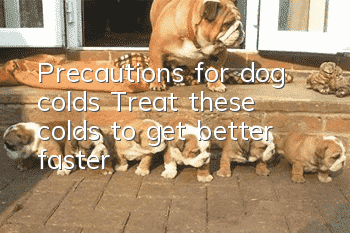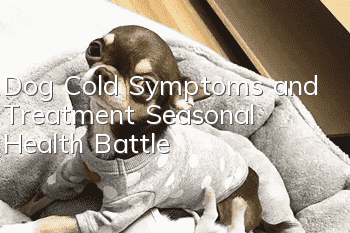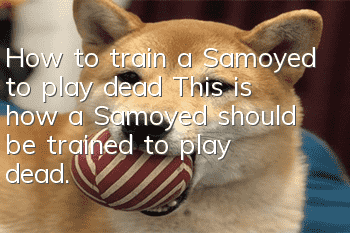How to raise an Akita dog and what to eat. You need to know clearly before raising an Akita dog!

Daily care for Akita dogs
Bathe it regularly, once every 2-3 weeks in spring and autumn, and every 3-5 days in summer. When the weather is cool, bathe it immediately after bathing. Wipe your body dry with a cloth or dry hand towel to prevent catching a cold. Every 5-7 days, ear wax, tartar and eye wax should be removed from it, and its paws should be trimmed regularly. As the seasons change, the hair is replaced to adapt to climatic conditions. During the hair change period, the frequency of combing should be increased to enhance the smooth flow of dish fluid and promote the smooth and accelerated metabolism of the hair.Daily diet of Akita dogs
Feeding of Akita puppies Since the gastrointestinal digestion ability of Akita puppies is weak, the food should contain as little fiber as possible and should be soft to facilitate their digestion. Generally within 3-4 months, it is appropriate to eat porridge-like food or dry food soaked in water. Akita dog owners need to pay special attention. Akita dog puppies eating milk can easily cause diarrhea. Because the ingredients in cow's milk and dog's milk are very different. The protein content of canine mother's milk is high, which is three times that of cow's milk. It is a kind of milk with high protein, high fat and low lactose, while the opposite is true for cow's milk. Therefore, if the milk or food fed to Akita puppies contains a large amount of high sugar, the enzymes in their intestines that digest lactose are insufficient (genetic factors), which will lead to fermentation in the intestines and cause diarrhea. Puppies before three months old should be fed four times a day; puppies between three and six months old should be fed three times a day; puppies after six months should be fed twice a day.Akita dogs need to pay attention to their daily outings
Akita dogs should wear a collar and a leash at ordinary times, and should be held by their owners when going out to prevent wild attacks and attacks on people and other animals. . You should always teach it to develop the habit of listening to its owner's orders and instructions. In particular, you must be able to understand the owner's orders to stop it from being unfriendly to people and other animals, so as to prevent it from going off the rails and causing trouble. You should also pay attention to training it to develop a love of cleanliness and hygiene. In particular, we should develop the habit of defecation at fixed points. Don't allow it to defecate anywhere and ruin the sanitation of the environment. During the feeding process, you should always pay attention to its behavior and pay attention to whether there are any signs of disease such as abnormal mental state, loss of appetite, deformed stool, excessive dryness or heat in the nose pads. Once you find any abnormality or disease, you should seek medical advice in time. Take therapeutic measures. Random articles
- How to comb your dog's hair. This is the correct way to comb your dog's hair.
- Fruits that Huskies can eat. Eating these fruits is good for Huskies.
- What should I do if my Husky doesn’t eat? What should I do if my Husky doesn’t eat?
- How to fix a dog’s fracture? Correct fixation method helps the dog recover quickly
- The Difference Between Akita Inu and Shiba Inu Can you tell the difference between Akita Inu and Shiba Inu?
- What kind of dog is suitable for a girl? Is your dog in there?
- What to do if you catch a cold in Alaska: Here are some tips on how to deal with it
- How to train a Schnauzer to pick up things? What should you pay attention to when training a Schnauzer to pick up things?
- How many months does it take for a Maltese dog to give birth? How many months does it take for a Maltese dog to give birth after pregnancy?
- Can I keep a dog while pregnant? Pay attention to these things so that you can keep your dog with peace of mind



